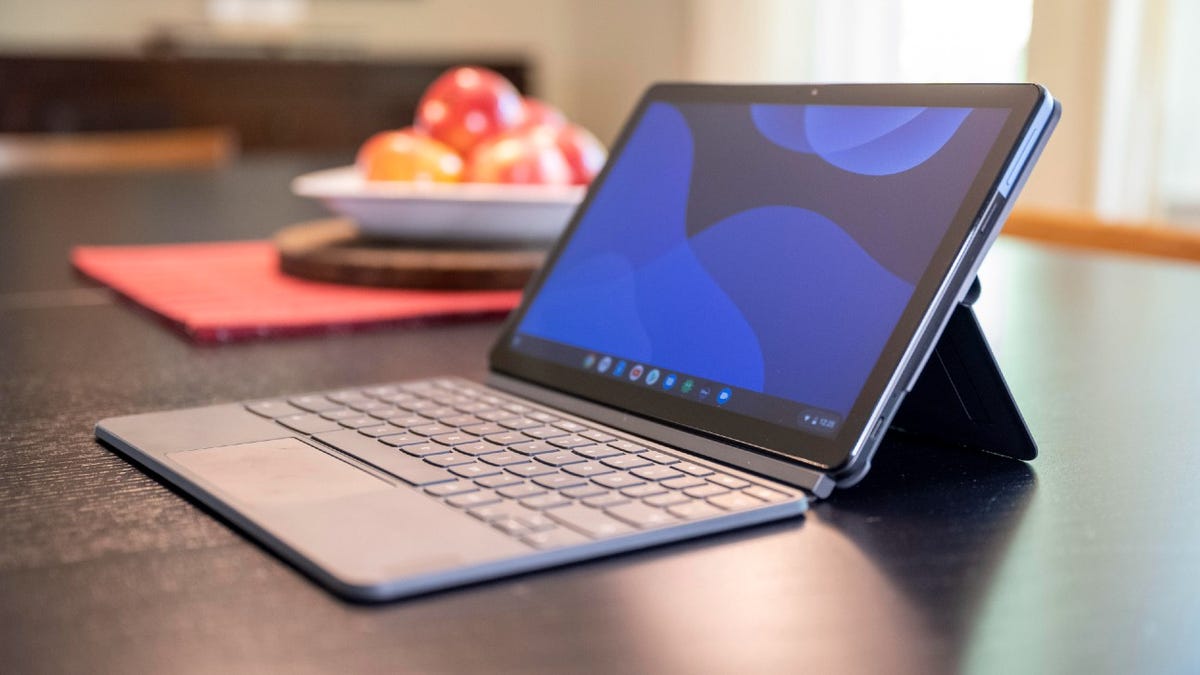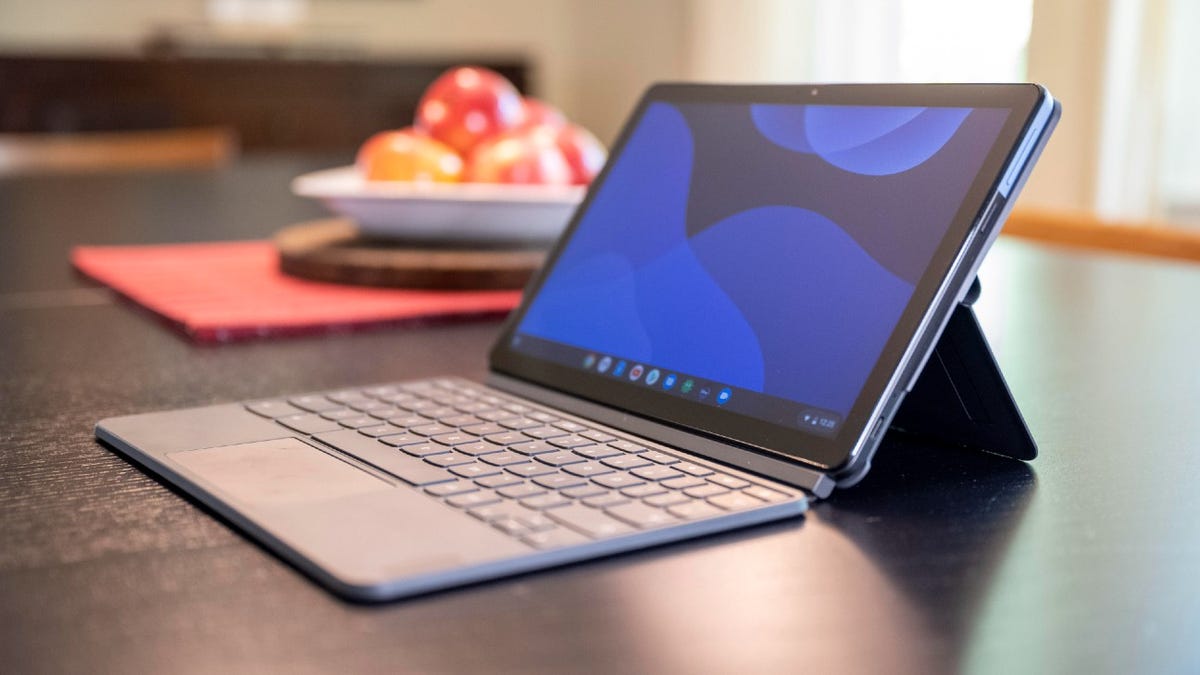
How to use the handy SSH management tool in Chrome OS
Last Updated on September 15, 2022 by Admin
[ad_1]

Chrome OS has become quite the platform for users of all types. Whether you’re a typical user who spends most of your time within an operating system browsing social media, writing ad hoc papers, and shopping for the latest trends, or if you’re an administrator who has to work on remote machines throughout the day, Chrome OS has you covered.
One tool that I use quite a bit comes by way of Linux. If you’ve already enabled Linux, you understand that Chrome OS is much more than just a web browser. With Linux support enabled, you can install quite a large number of applications to turn Chrome OS into a much more traditional OS.
Also: How I revived three ancient computers with ChromeOS Flex
Adding an SSH connection to the Linux terminal app
Along the ride with Linux, comes a terminal tool that is much more than a means to a command-line end. With the Linux terminal in Chrome OS, you also get a convenient Secure Shell connection manager.
Let me show you how it works.
Requirements
The only thing you need to enjoy this handy SSH management tool is a Chromebook with Linux support enabled. Of course, you’ll also need a remote machine that allows SSH connections. But that’s it. Let’s get to work.
Open the Launcher at the bottom left corner of your Chrome OS desktop. Locate and click the Terminal app.
Launching the Terminal app from the Chrome OS launcher. Image: Jack Wallen
From the terminal app, click Add SSH.
The Terminal app makes it easy to manage your SSH connections. Image: Jack Wallen
In the resulting popup, type the details for your new SSH connection in the command section, which will look something like this:
ssh USERNAME@SERVER
Where USERNAME is the username on the remote server and SERVER is the IP address of the server. For example, the command might look like this:
If your remote server uses a different port for SSH, that command might look something like this:
ssh [email protected] -p 2022
Don’t worry about either the Identity or SSH relay server options sections. Once you’ve configured the command, click Save and your new entry will now be listed under the SSH section of the terminal app.
Entering the SSH details for a new remote connection. Image: Jack Wallen
Using your new SSH connection
Click on the remote server you want to connect to from under the SSH section in the terminal app.
If this is the first time connecting to a remote server from the Chrome OS Linux terminal, you’ll be prompted to accept the fingerprint. When prompted, type yes and hit Enter on your keyboard.
Accepting the SSH key fingerprint is required to make a connection. Image: Jack Wallen
You will then be prompted to type the password for the remote user. Upon successful authentication, you’ll find yourself in an SSH session on the remote machine, where you can then take care of whatever admin tasks you need.
Type your user password for the remote connection and you’re in. Image: Jack Wallen
And that, my admin friends, is all there is to manage your SSH connections from within Chrome OS.
[ad_2]
Source link




